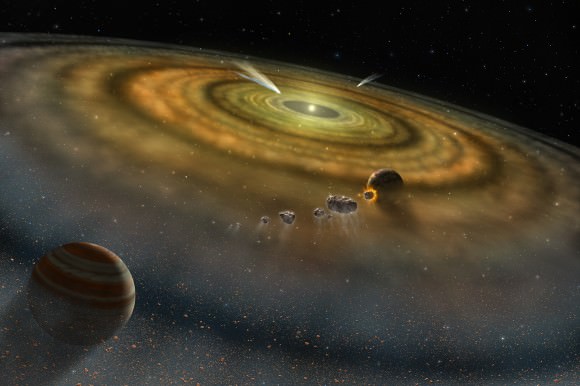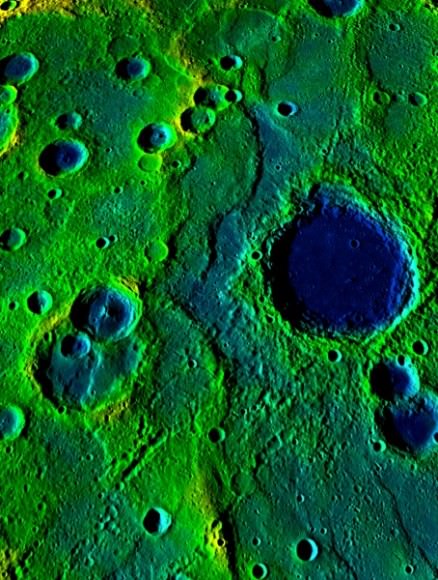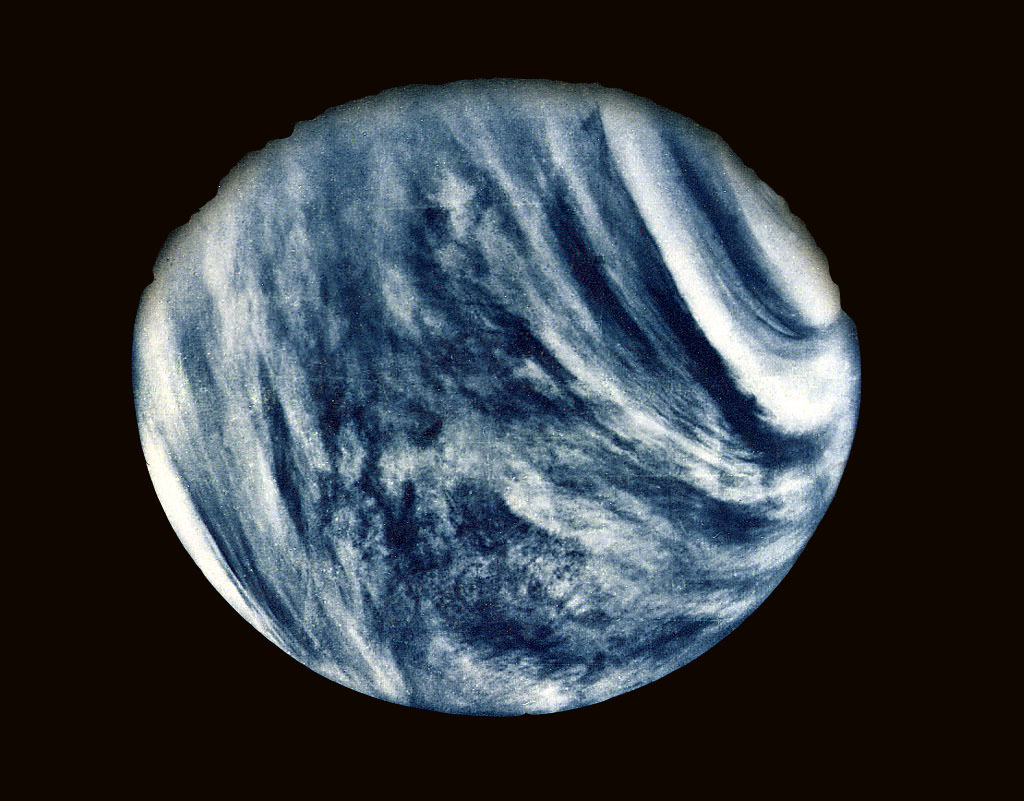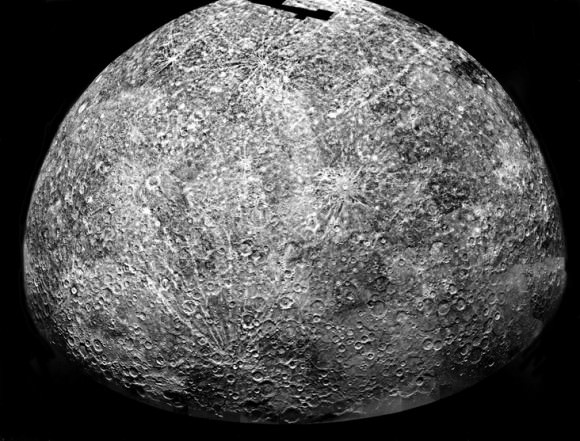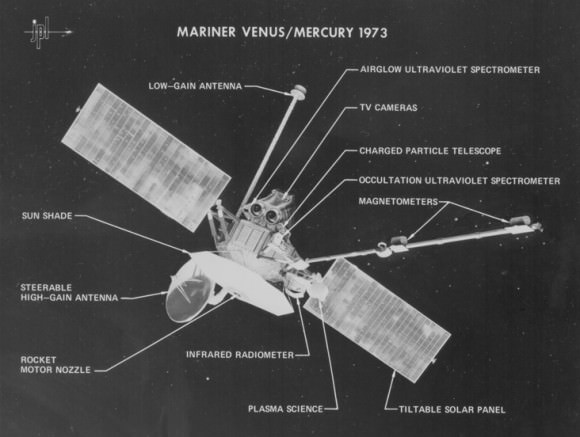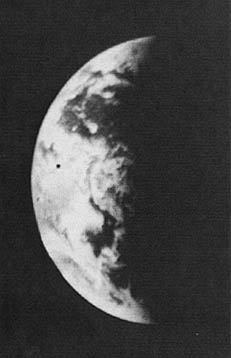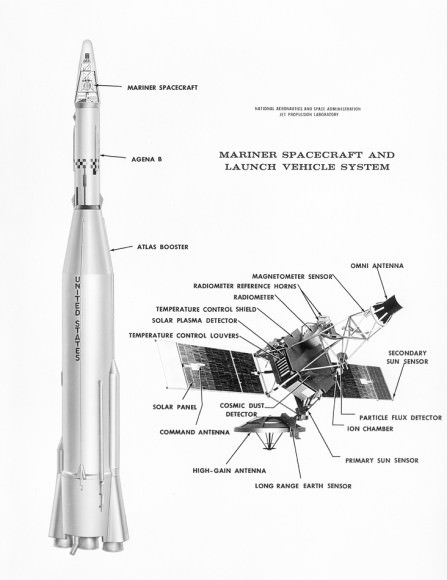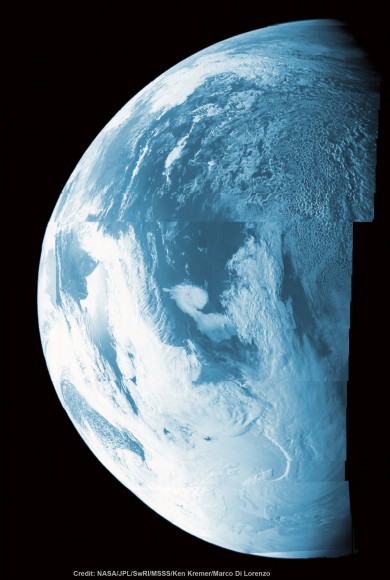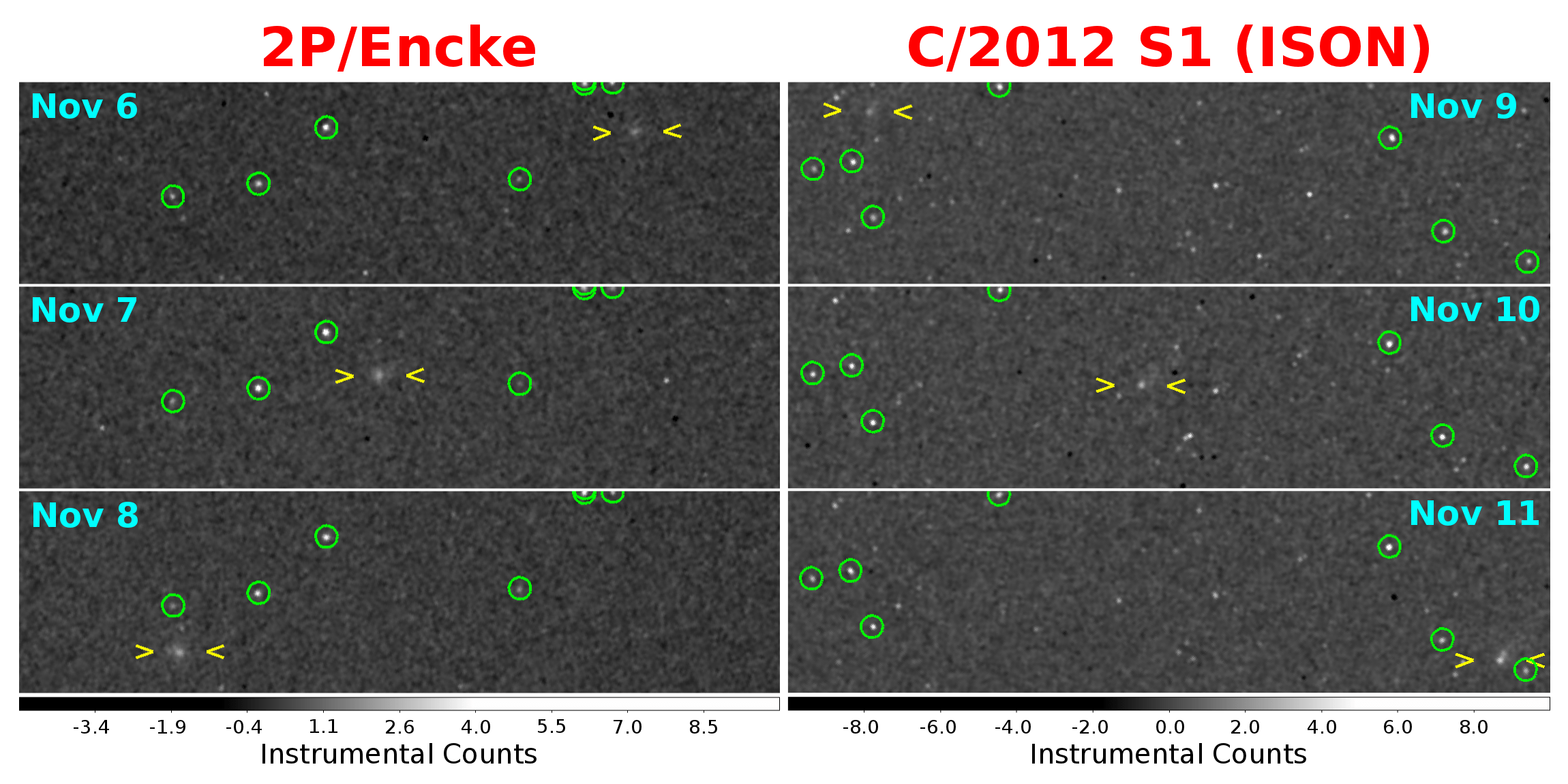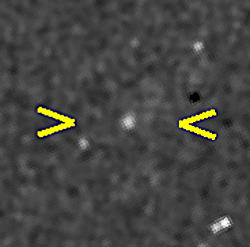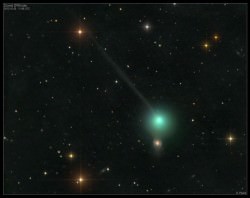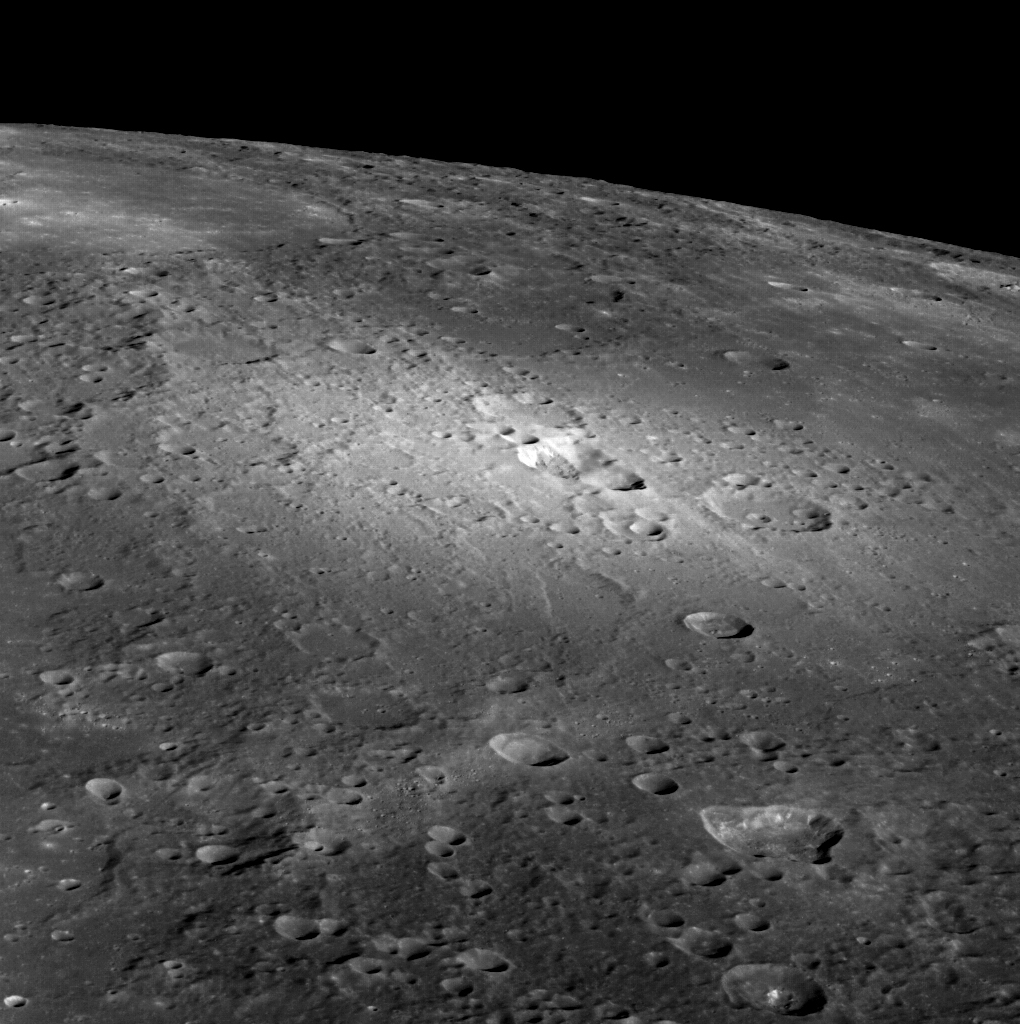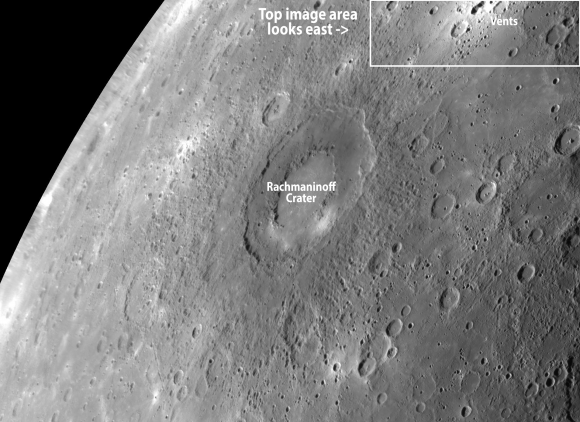The eight planets in our solar system each occupy their own orbits around the Sun. They orbit the star in ellipses, which means their distance to the sun varies depending on where they are in their orbits. When they get closest to the Sun, it’s called perihelion, and when it’s farthest away, it’s called aphelion.
So to talk about how far the planets are from the sun is a difficult question, not only because their distances constantly change, but also because the spans are so immense — making it hard for a human to grasp. For this reason, astronomers often use a term called astronomical unit, representing the distance from the Earth to the Sun.
The table below (first created by Universe Today founder Fraser Cain in 2008) shows all the planets and their distance to the Sun, as well as how close these planets get to Earth.
Mercury:
Closest: 46 million km / 29 million miles (.307 AU)
Farthest: 70 million km / 43 million miles (.466 AU)
Average: 57 million km / 35 million miles (.387 AU)
Closest to Mercury from Earth: 77.3 million km / 48 million miles
Venus:
Closest: 107 million km / 66 million miles (.718 AU)
Farthest: 109 million km / 68 million miles (.728 AU)
Average: 108 million km / 67 million miles (.722 AU)
Closest to Venus from Earth: 40 million km / 25 million miles

Earth:
Closest: 147 million km / 91 million miles (.98 AU)
Farthest: 152 million km / 94 million miles (1.01 AU)
Average: 150 million km / 93 million miles (1 AU)
Mars:
Closest: 205 million km / 127 million miles (1.38 AU)
Farthest: 249 million km / 155 million miles (1.66 AU)
Average: 228 million km / 142 million miles (1.52 AU)
Closest to Mars from Earth: 55 million km / 34 million miles
Jupiter:
Closest: 741 million km /460 million miles (4.95 AU)
Farthest: 817 million km / 508 million miles (5.46 AU)
Average: 779 million km / 484 million miles (5.20 AU)
Closest to Jupiter from Earth: 588 million km / 346 million miles
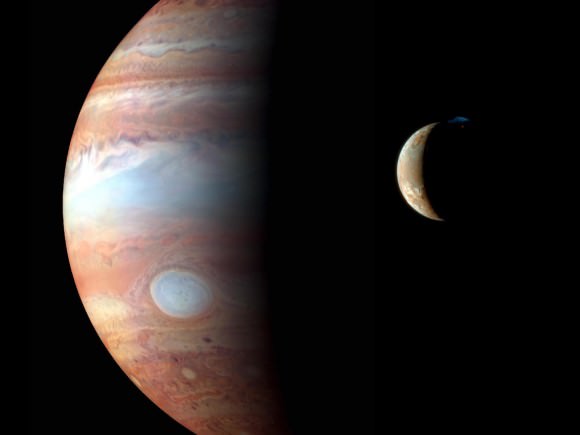
Saturn:
Closest: 1.35 billion km / 839 million miles (9.05 AU)
Farthest: 1.51 billion km / 938 million miles (10.12 AU)
Average: 1.43 billion km / 889 million miles (9.58 AU)
Closest to Saturn from Earth: 1.2 billion km /746 million miles
Uranus:
Closest: 2.75 billion km / 1.71 billion miles (18.4 AU)
Farthest: 3.00 billion km / 1.86 billion miles (20.1 AU)
Average: 2.88 billion km / 1.79 billion miles (19.2 AU)
Closest to Uranus from Earth: 2.57 billion km / 1.6 billion miles
Neptune:
Closest: 4.45 billion km /2.77 billion miles (29.8 AU)
Farthest: 4.55 billion km / 2.83 billion miles (30.4 AU)
Average: 4.50 billion km / 2.8 billion miles (30.1 AU)
Closest to Neptune from Earth: 4.3 billion km / 2.7 billion miles
As a special bonus, we’ll include Pluto too, even though Pluto is not a planet anymore.
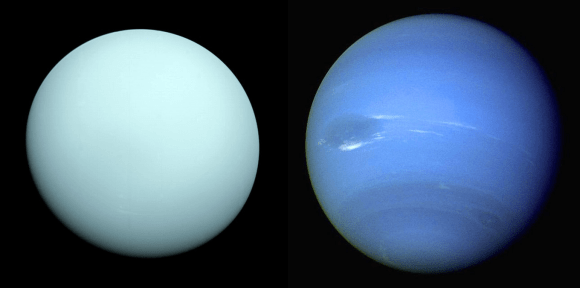
Pluto:
Closest: 4.44 billion km / 2.76 billion miles (29.7 AU)
Farthest: 7.38 billion km / 4.59 billion miles (49.3 AU)
Average: 5.91 billion km / 3.67 billion miles (39.5 AU)
Closest to Pluto from Earth: 4.28 billion km / 2.66 billion miles
To learn more:
Online resources demonstrating the scale of the Solar System:
If The Moon Were Only A Pixel (Josh Worth Art & Design)
Scale Model Of Our Solar System (University of Manitoba)
Build A Solar System (Exploratorium)
Scale Solar System (Josh Wetenkamp)
Many cities and countries have also installed scale models of the Solar System, such as:
Voyage Scale Solar System (Washington, D.C.)
Sagan Planet Walk (Ithaca, N.Y.)
Maine Solar System Model
Sweden Solar System
Planet Walk (Munich, Germany)
The Solar System (Brittany, France; website in French only)
Solar System Drive (Australia)



